I felt that I knew Portland well. That changed when I looked at all the places I had been on a map, and I noticed glaring holes. One of the largest holes exists on the north end of St. Johns, a huge wetland area. Supposedly, this is one of the largest urban wetlands in the United States. And so… I must check it off. We drove across the beautiful St John Bridge, through a huge industrial area before turning into a shaded area full of trees behind fences. The parking lot was huge but dead. I felt that we were too early for the fall colors, but fear not, I brought a fun package.
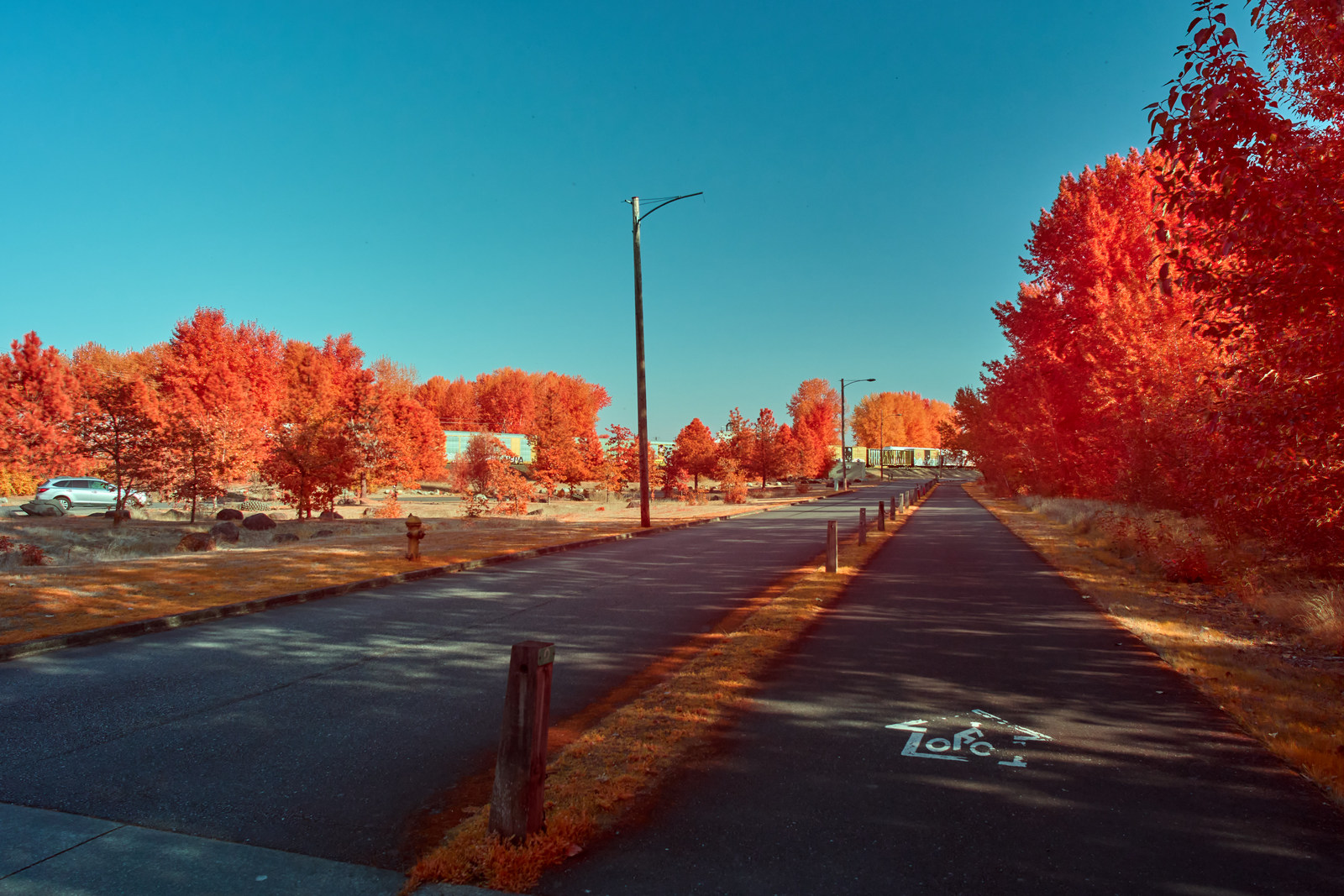
My old Sony A6300 had a full spectrum Infrared (IR) conversion done by Kolari, and they have since released a magnetic clip-in for the smaller APSC sensor. For this trip, I’m using the legendary Sigma DC 16/1.4 only. The hike to the trail’s end was only a little over one mile and was extremely buggy. I think they were gnats, but I didn’t taste them to know for sure. This would have been a boring hike, as it was mostly tall trees along a paved trail, and there weren’t enough non-green colors to break the monotony. The IR did an excellent job of making the scenes much more palatable.
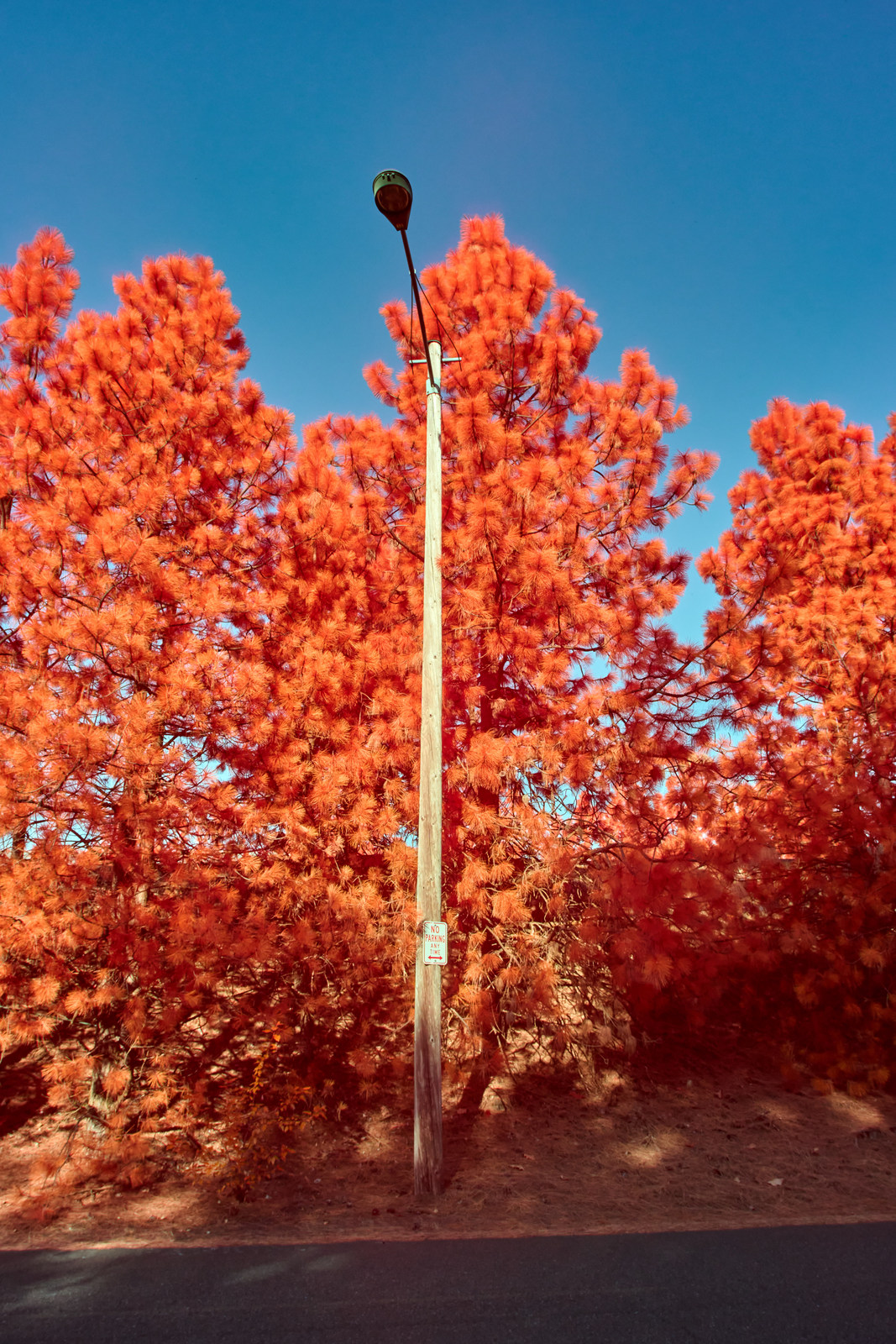
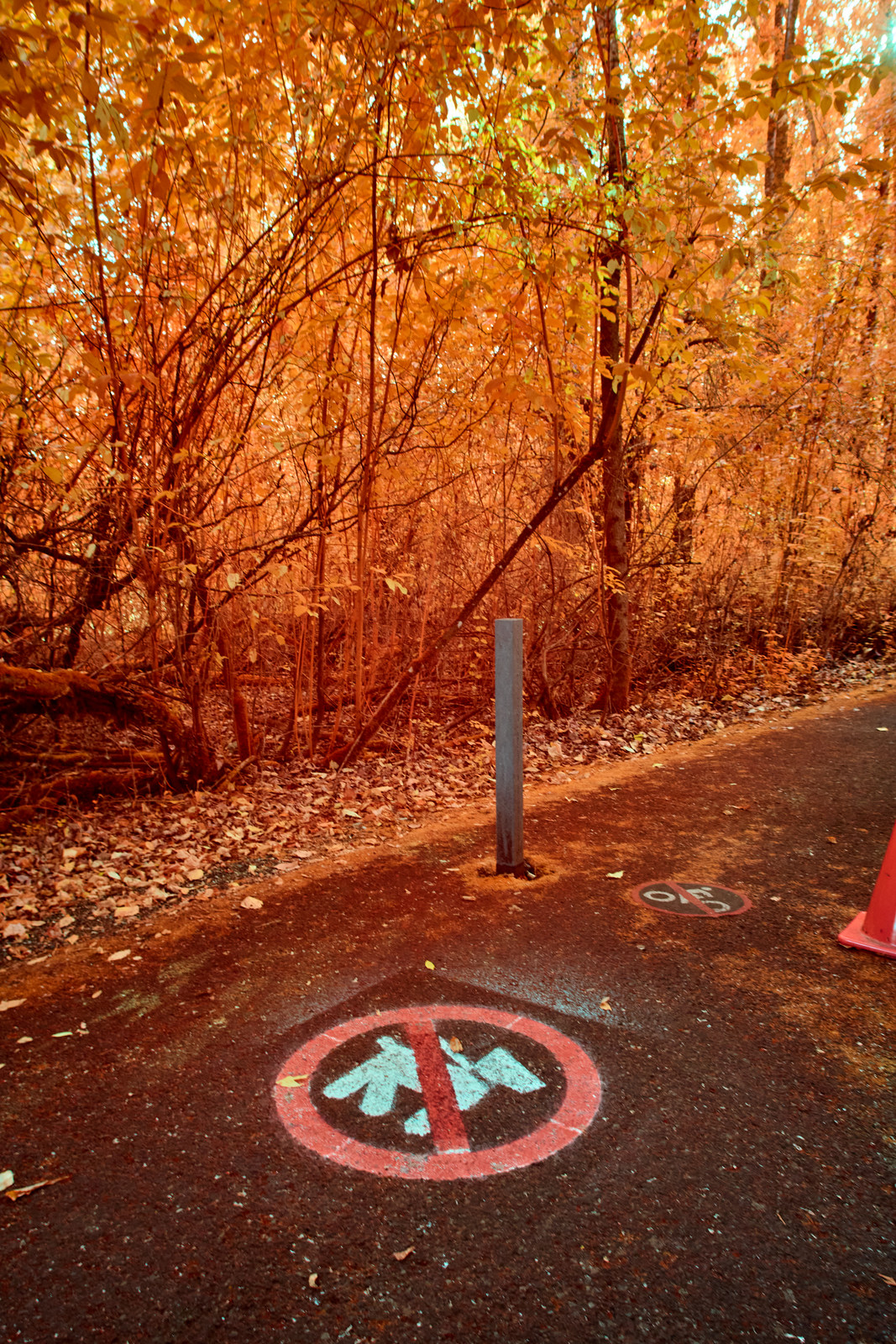
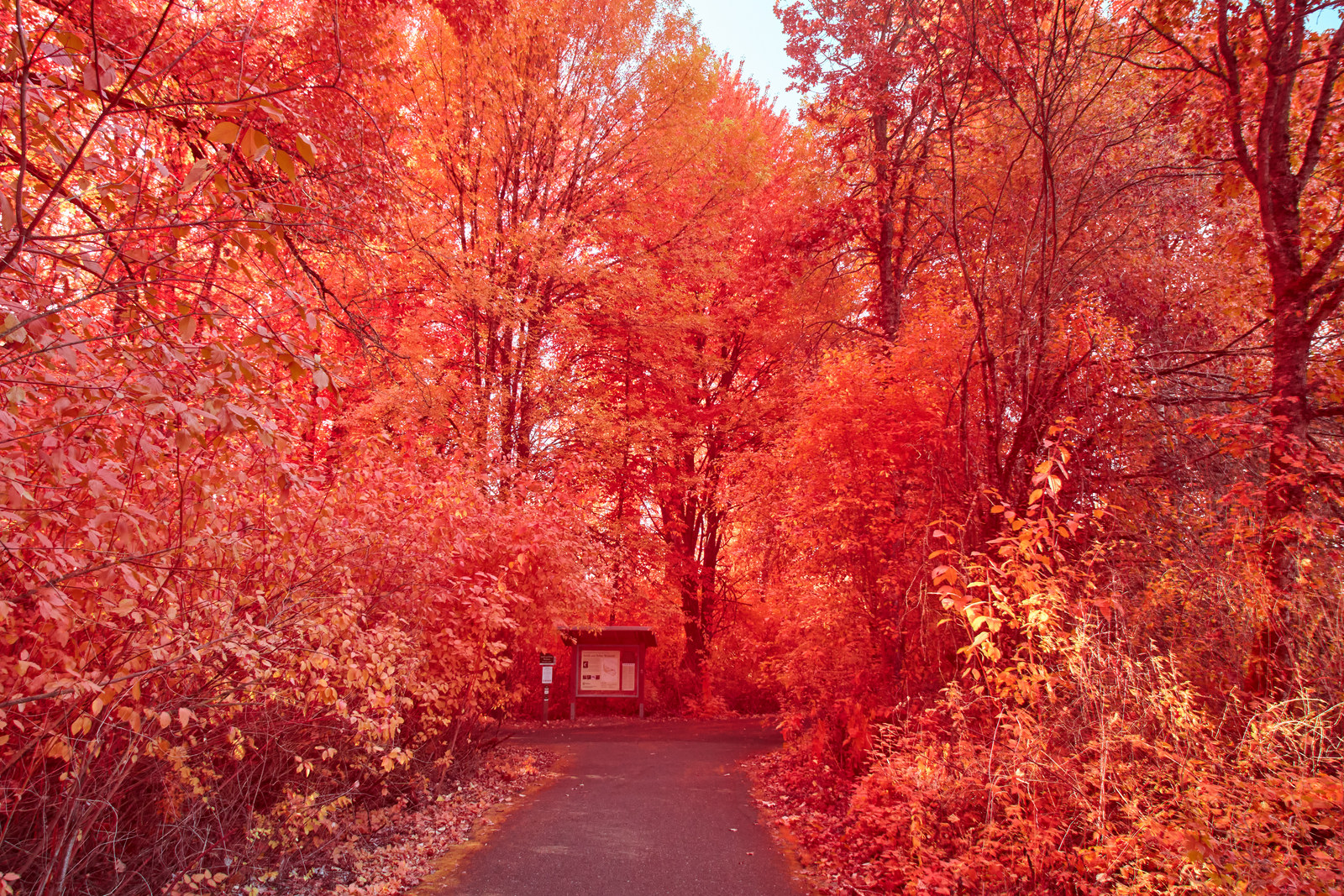
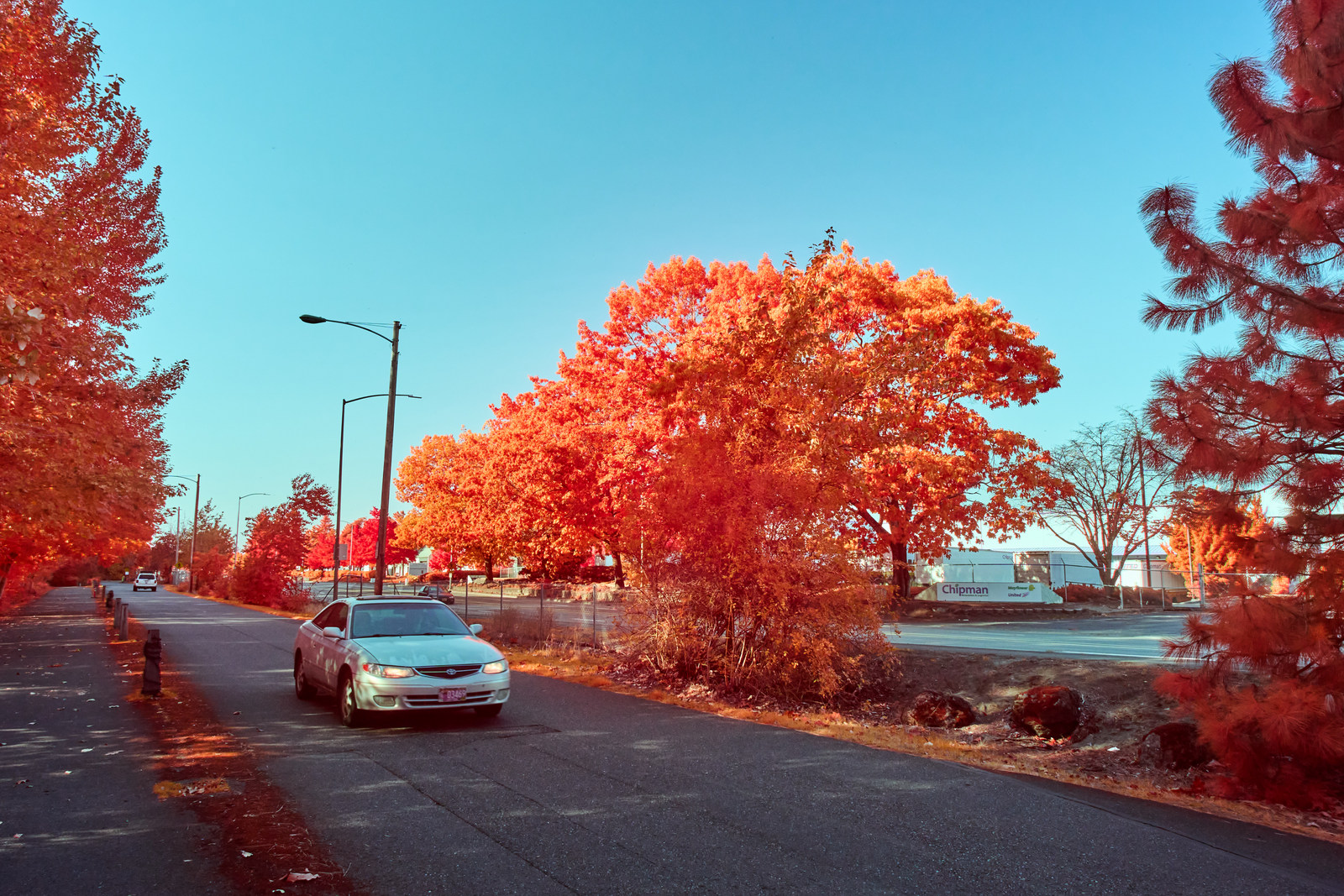
Though it is supposed to be a wetland, it is now early Fall, and most of the lakes, if there were any to begin with, has dried. We did see a fleet of Canadian geese landing in the marshy area, but otherwise, it was quiet. In the blind, the view was similar, which means we saw more Canadian geese. The best shot I got was from a little pond that still has some water. Because the IR filter was sitting between the lens and the sensor, I managed to add an additional circular polarizer (the correct way to shoot any landscape photography) in front, and could get gorgeous lake reflection with deep blue-sky colors.
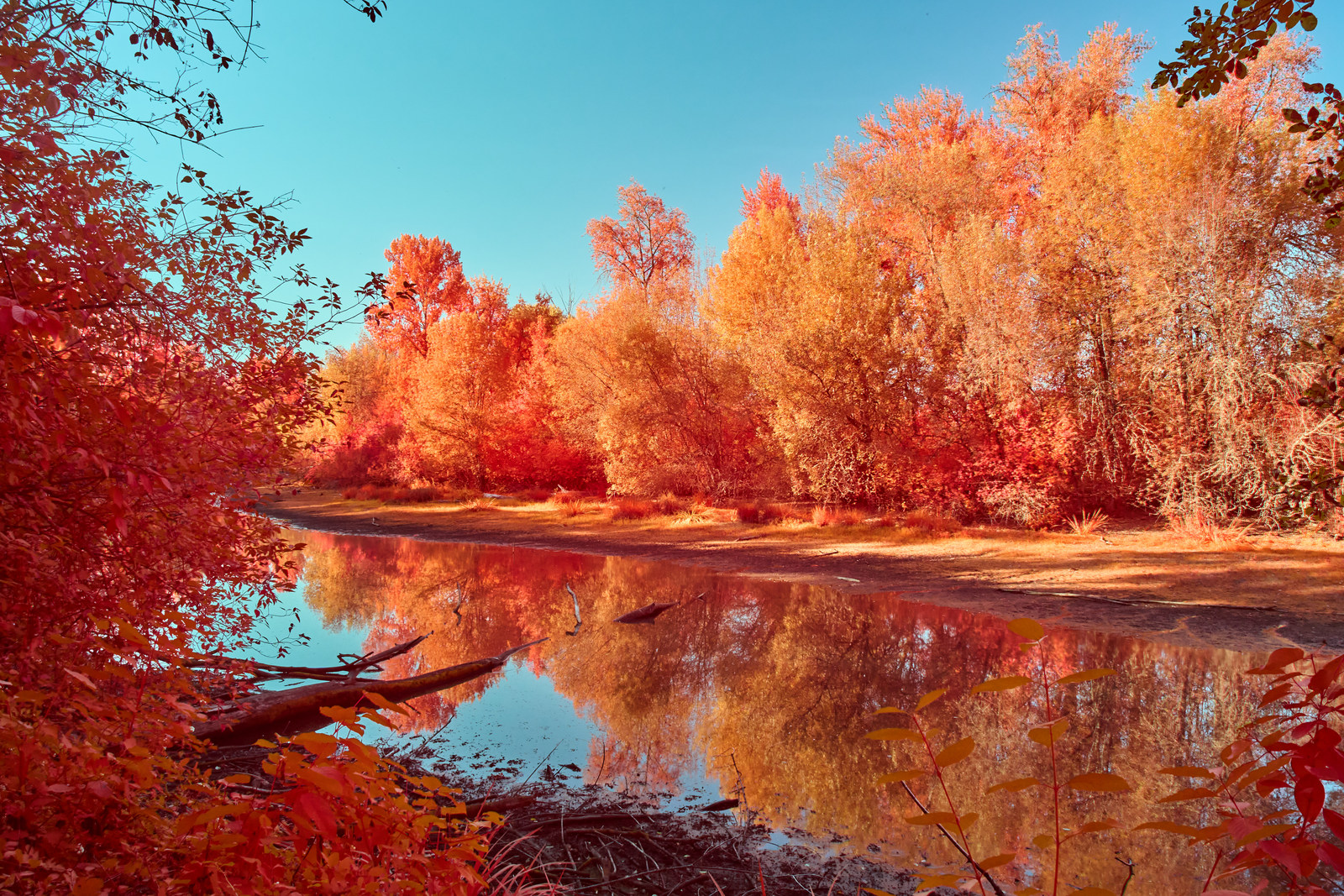
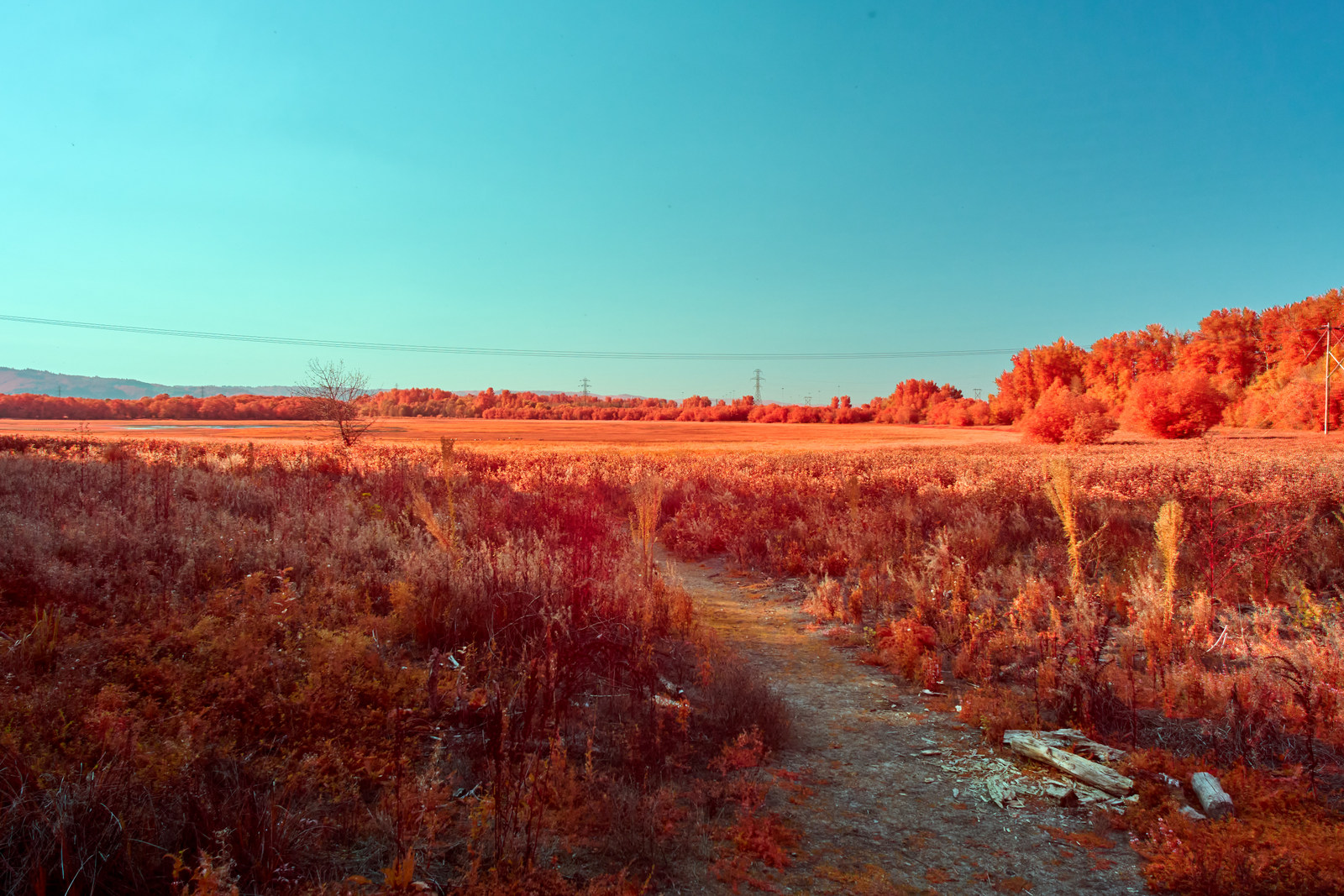
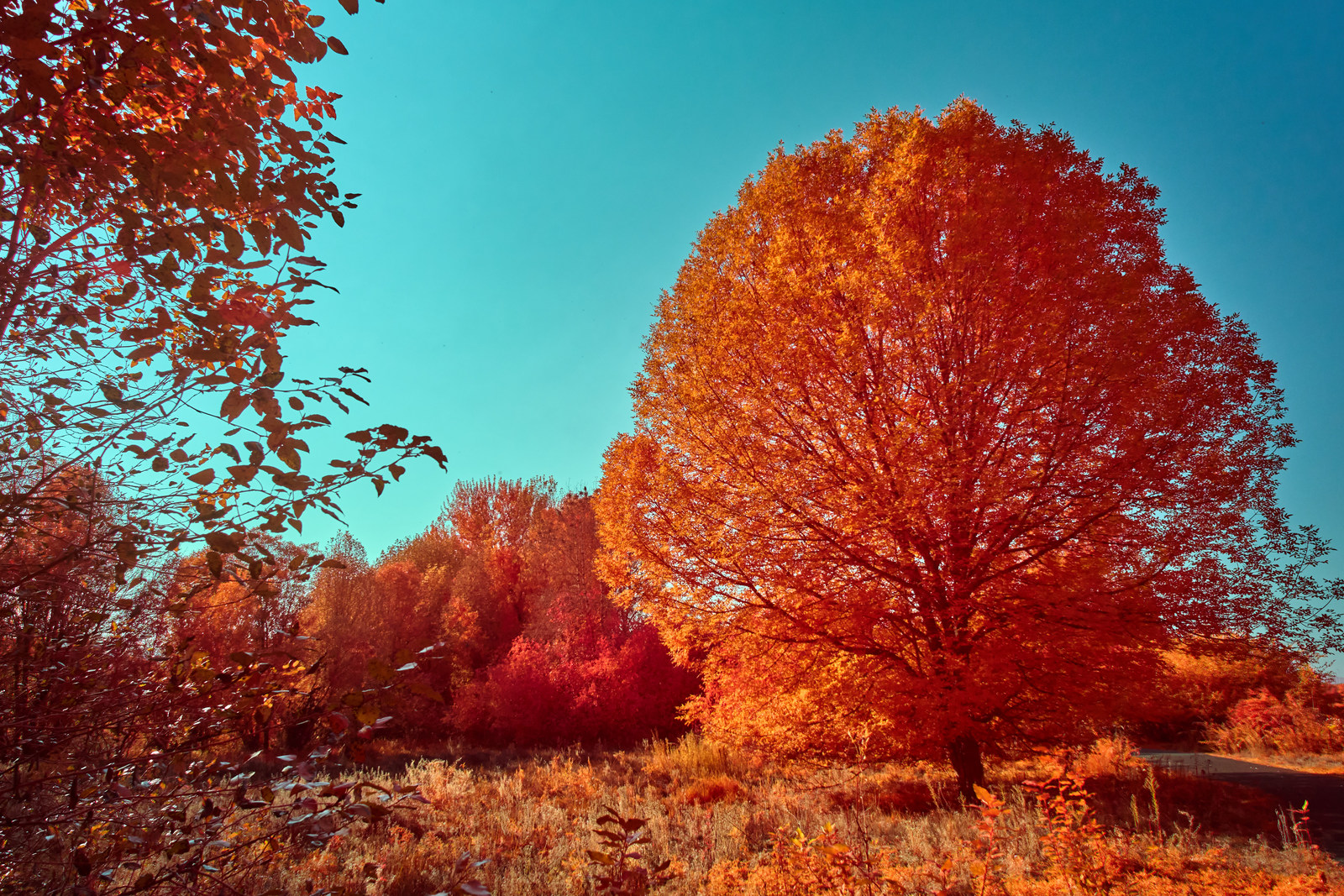
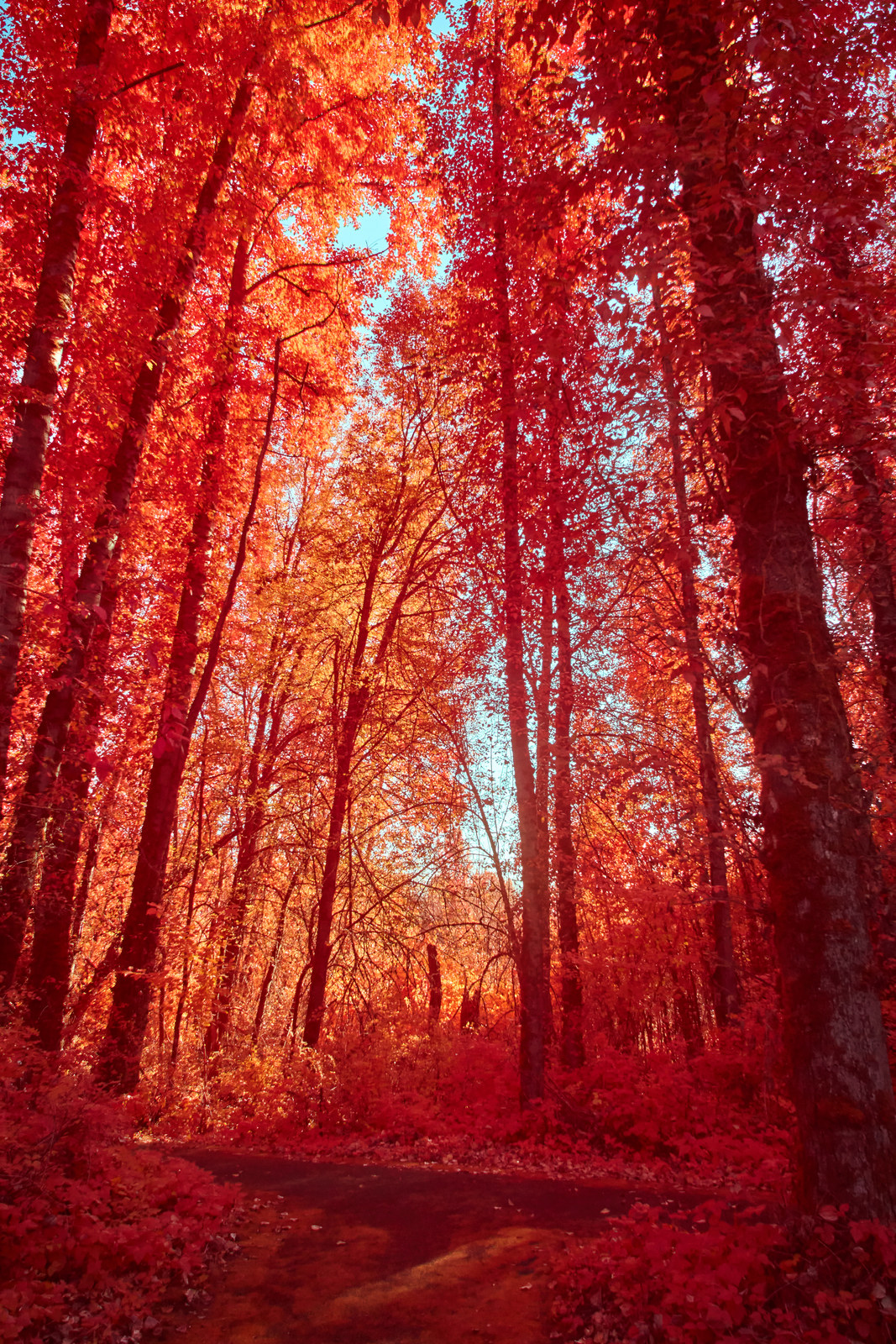
My quick review of the IR camera setup. Due to space constraints, the only IR filter available for the ASPC Sony magnetic system is the lite version, which requires much more post-processing and color correction to achieve the desired IR look. It is at the edge of what the images can do. Otherwise, I really love that I could hide the IR filter behind the lens, and use any lens and filter setup combination. However, I did notice significant chromatic aberration on this Sigma DC 16/1.4 lens, which never showed up for non-IR images. I’ve also shot IR using a different lens, confirming that this effect is lens-related. IR can be annoying for focusing, but I did not expect it to affect a modern Sigma lens. Will have to test out more to see if this is annoying enough for me to find a different lens, or get the real IR Chrome filter.
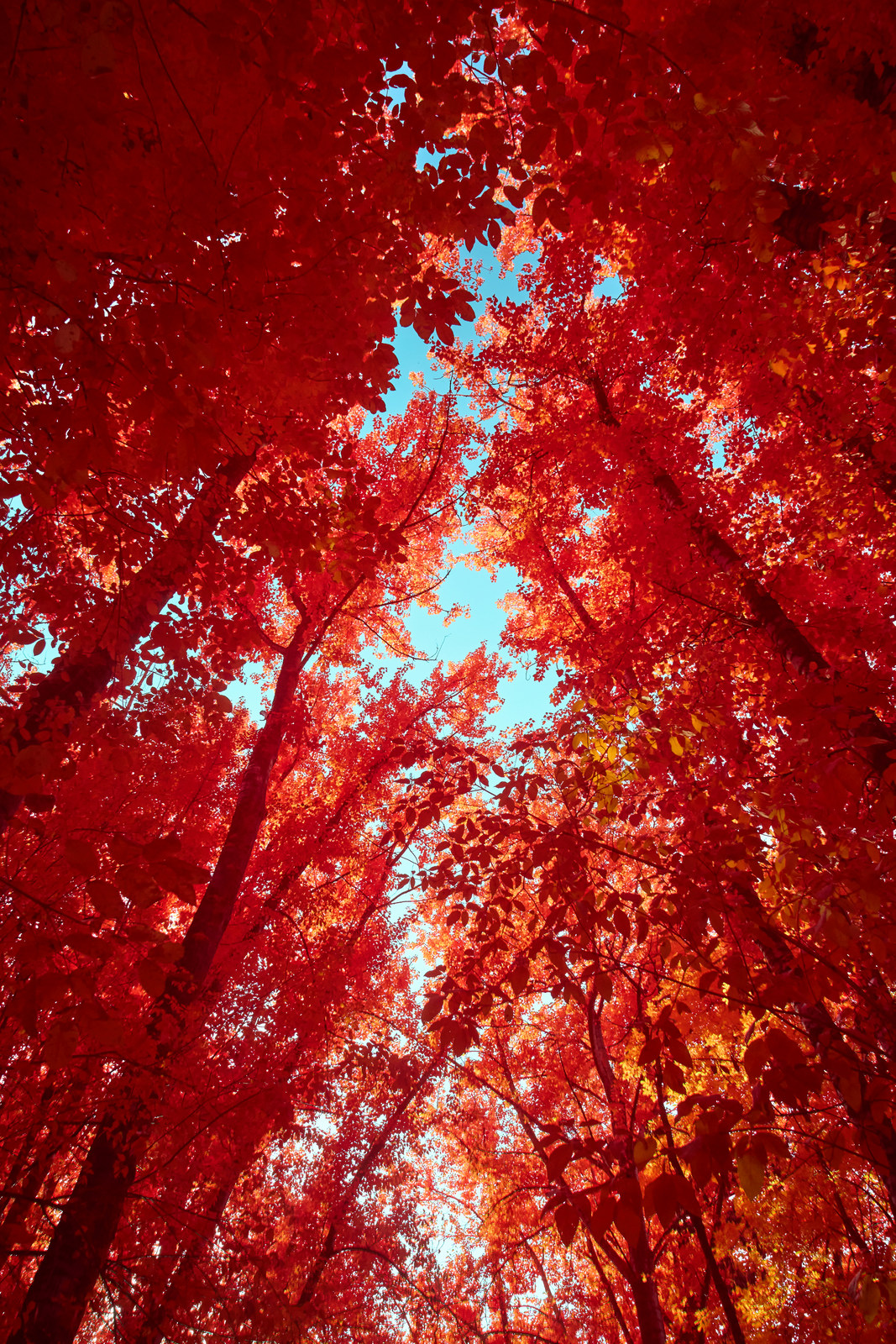

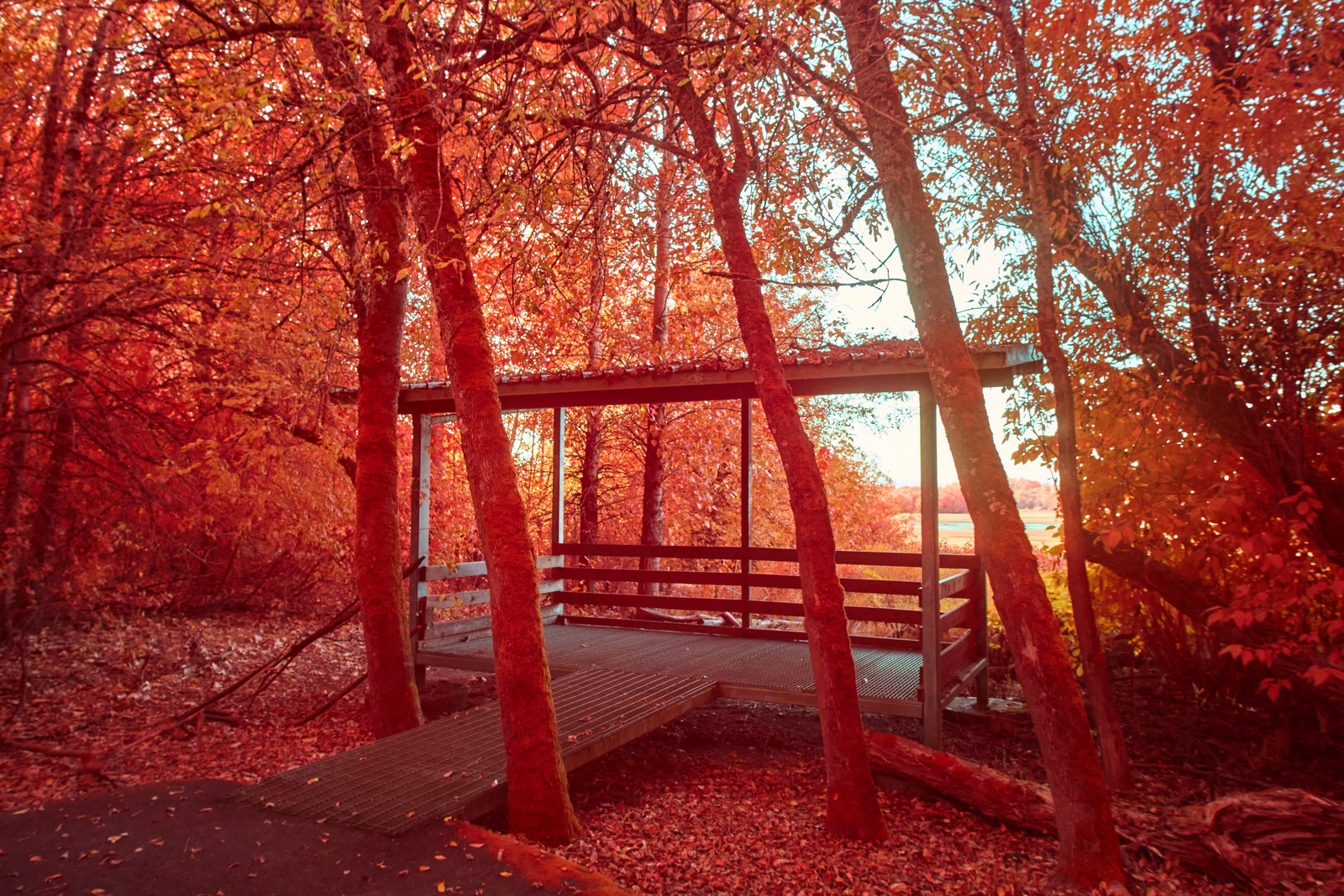
As for the wetlands, it is all right. We came at the wrong season and could be incredibly fun to kayak around if there is enough water. I wouldn’t recommend coming here, especially with lots of better parks and waterways around the area.
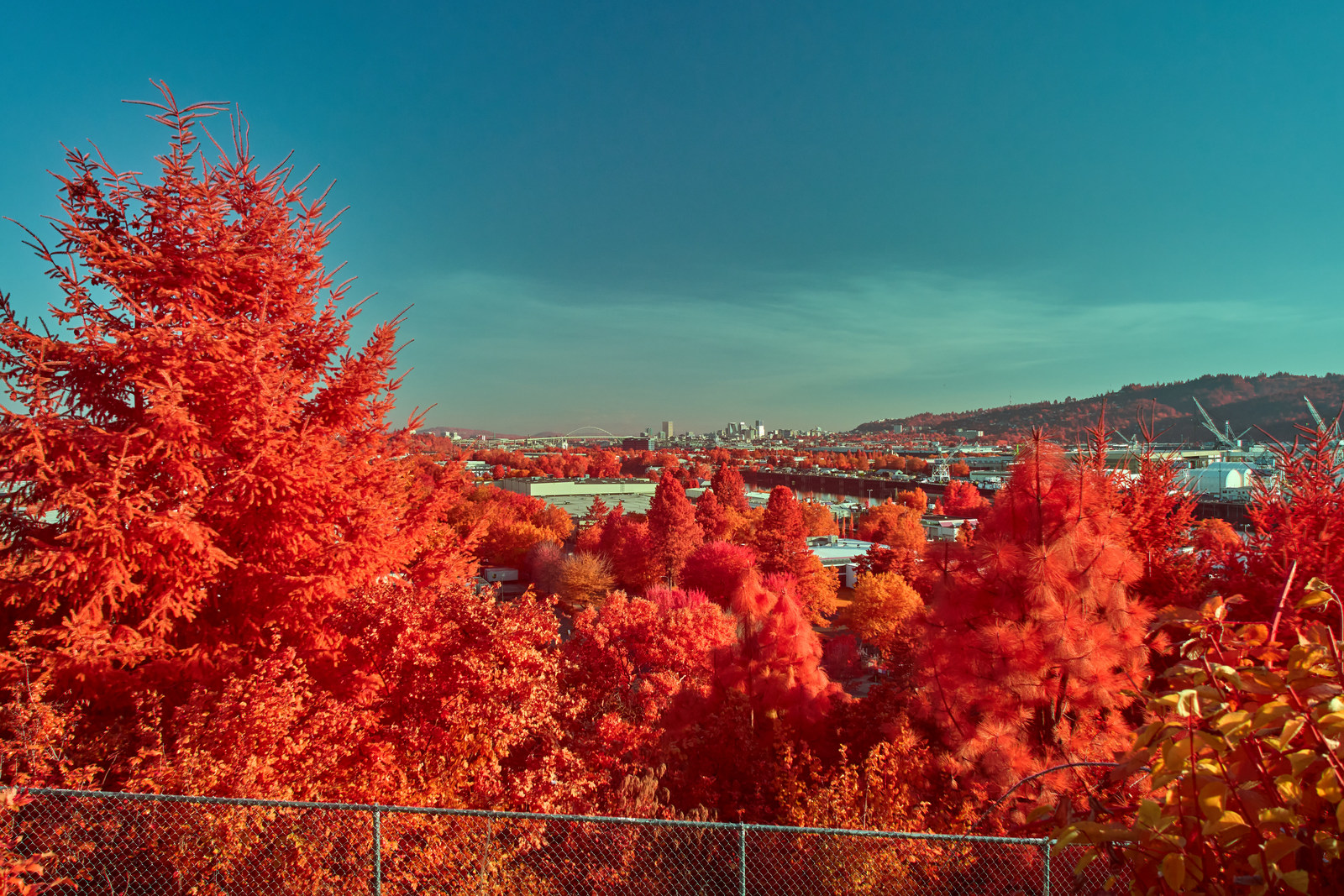
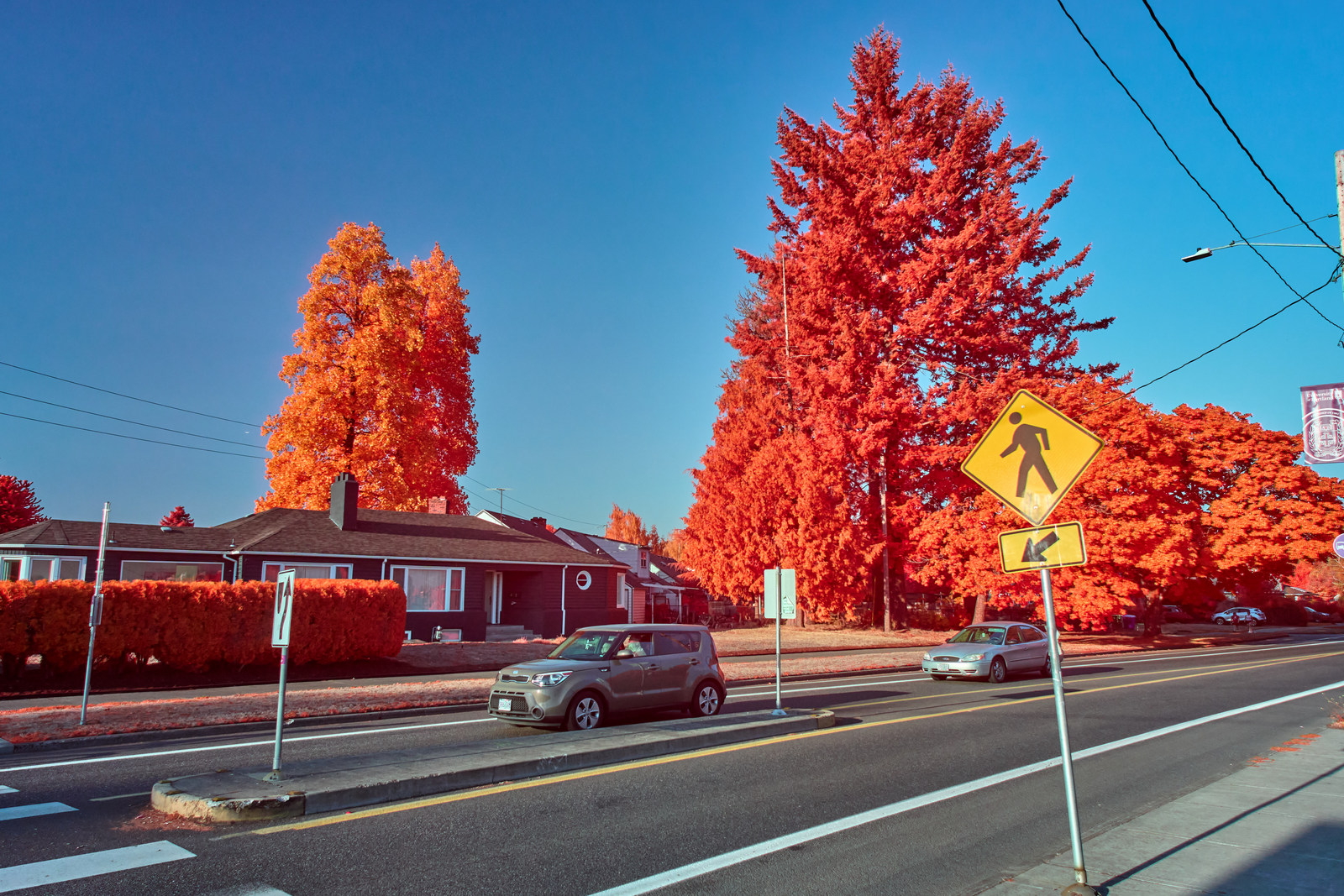
Ranked: **
Issue 92. Volume 14. Chapter 5.
Visited: October 12, 2024. Saturday at 15:00.
Address: 5300 N Marine Dr, Portland, OR
Website: https://www.oregonmetro.gov/parks/smith-and-bybee-wetlands-natural-area